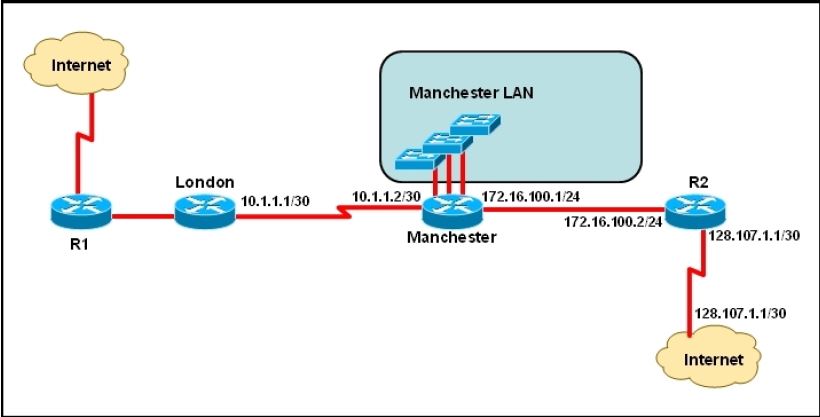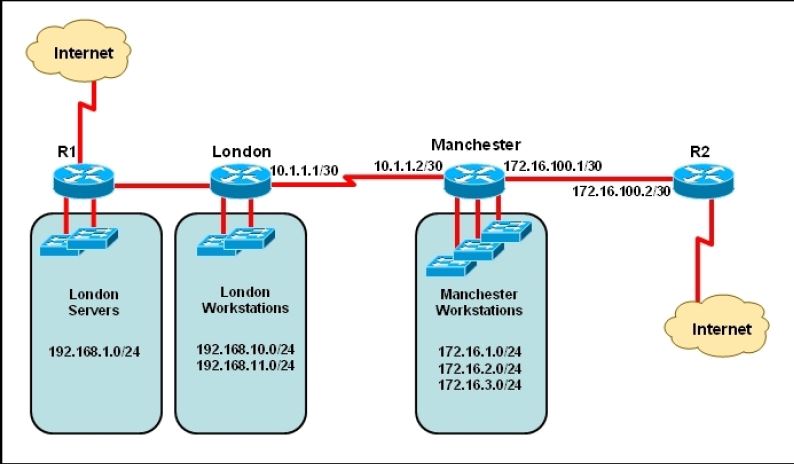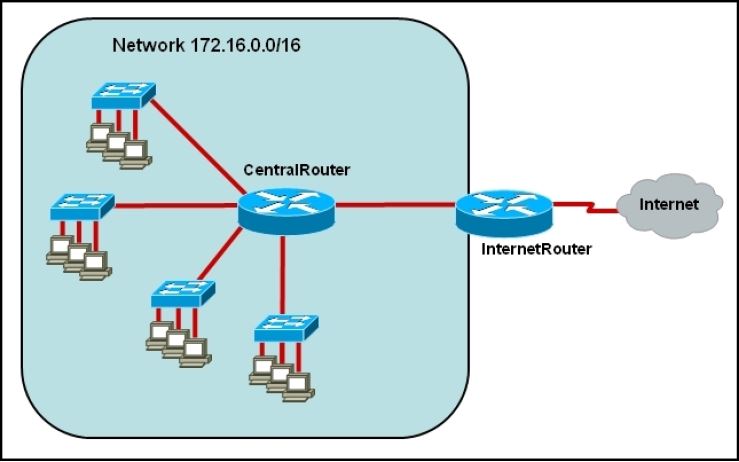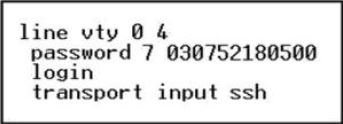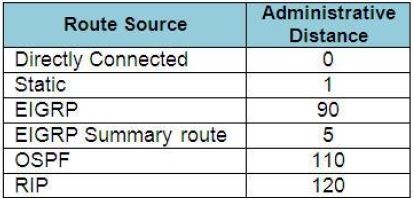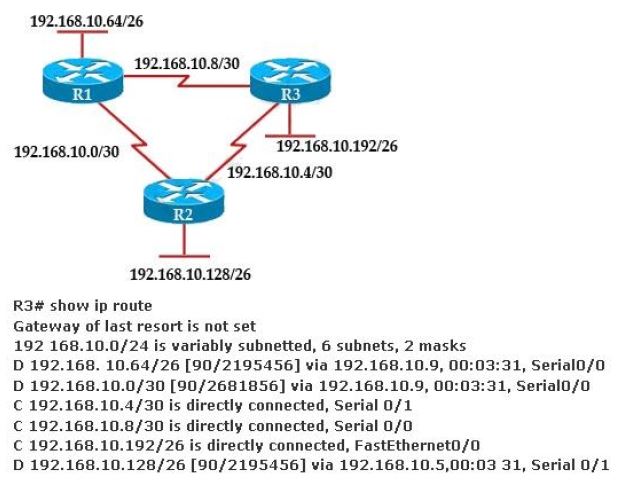A network administrator needs to allow only one Telnet connection to a router. For anyone viewing the configuration and issuing the show run command, the password for Telnet access should be encrypted. Which set of commands will accomplish this task?
A.
service password-encryption
access-list 1 permit 192.168.1.0 0.0.0.255
line vty 0 4
login
password cisco
access-class 1
B.
enable password secret
line vty 0
login
password cisco
C.
service password-encryption
line vty 1
http://ExamQuestions.info
login
password cisco
D.
service password-encryption
line vty 0 4
login
password cisco
